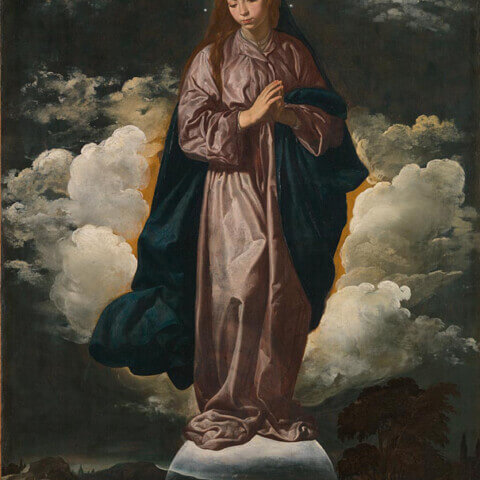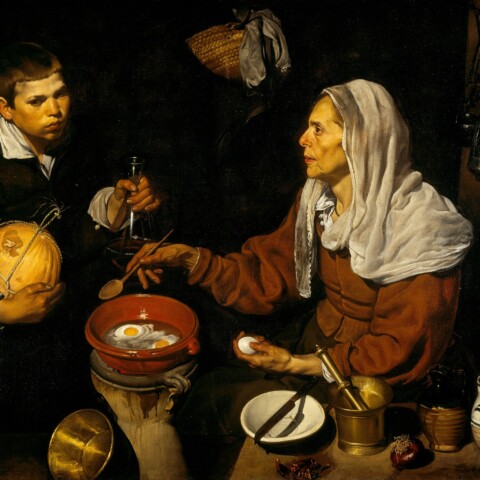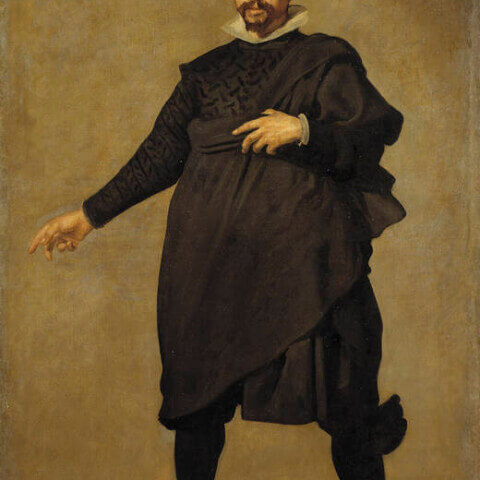Diego Velazquez

Diego Rodríguez de Silva y Velázquez (1599–1660) was a seminal Spanish painter who is widely regarded as one of the most important figures in Western art history. Born in Seville, Spain, Velázquez began to paint while still a boy and received a thorough training in the arts from Francisco de Herrera and later, Francisco Pacheco, who would become his father-in-law.
Velázquez’s early work was marked by a strong naturalistic approach, with a keen eye for detail and an affinity for depicting scenes from everyday life. This would later evolve into his characteristic style, marked by a remarkable understanding of light, space, and human form.
In 1623, Velázquez moved to Madrid, where he became the leading court painter for King Philip IV. Here, his role was not only to paint portraits of the royal family but also to oversee the decoration and renovation of the king’s various residences. This post provided him with the stability to develop his craft and access to an extensive collection of art, where he encountered works by Titian, Rubens, and Tintoretto, which influenced his work.
Among his most famous works are “Las Meninas,” “The Surrender of Breda,” and “Venus at Her Mirror,” which display his ability to create complex compositions with deep psychological insight. His innovative technique, often leaving brushstrokes visible and employing layers of translucent glazes, was groundbreaking and would influence generations of artists.
Velázquez was a master of chiaroscuro and capturing the human soul on canvas. His contributions to art are evident in his masterful portrayal of reality and subtlety of tonal variation. Velázquez’s work and style influenced many later artists, including the Impressionists and Edouard Manet, who famously referred to him as “the painter’s painter.”
Velázquez died in Madrid in 1660, leaving a rich legacy of work that continues to be celebrated and studied for its depth, realism, and innovative technique. His influence and importance in the history of Western art cannot be overstated, with his works residing in some of the world’s most prestigious museums.












